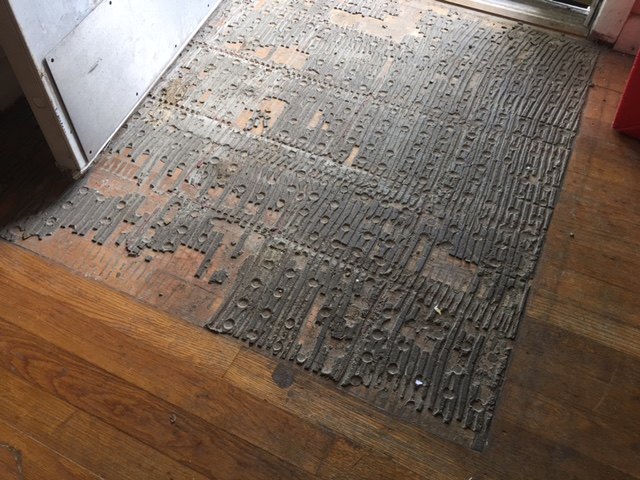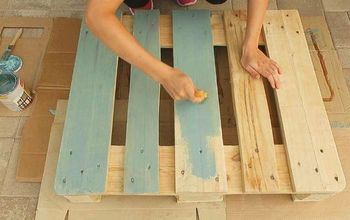Ruined oak floor

A previous owner apparently put down some type of tile on top of the wood floor. when we pulled up the carpet, we found the adhesive (mortar, mastic, whatever!). Does anyone have any suggestions as to how to remove this material? I know there are chemicals that can be used, but I have pets and would be a little concerned about fumes.
Thanks for any help you folks can offer!
Related Discussions
How to get rid of mice?
We seem to have some unwelcome Mickeys and Minnies in our house. What is the best way to get rid of them?
How to remove popcorn ceiling with asbestos?
I want to remove my popcorn ceiling, but it has asbestos in it. How do I go about this safely?
How to caulk baseboard gaps?
How do I fill gaps at baseboard, should I caulk? If so, does anyone know how to caulk baseboards?
How to fix squeaky hardwood floors?
How do I fix squeaky hardwood floors?
Overspray of kaboom on grout lines ruined my granite floors.
I was cleaning white grout lines in between marble floors and the overspray ruined the marlble.I sprayed kaboom on grout lines that had yellowed from hair spray in my... See more
There are small pin holes in the oak hardwood floors in my home.
What causes this and what can I do to remedy the situation? Thank you.





it just need to be sand off ..lots of work but fixable